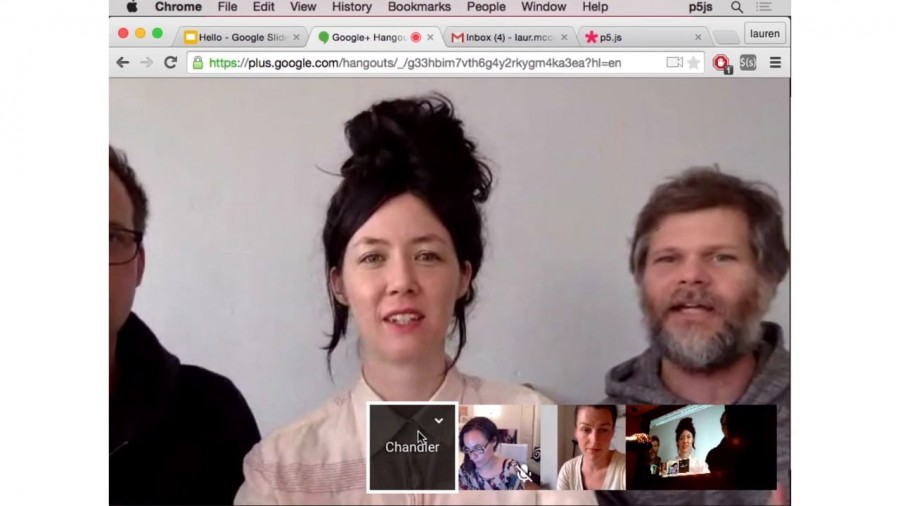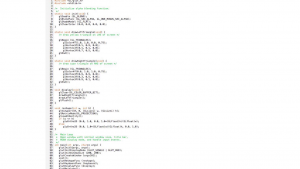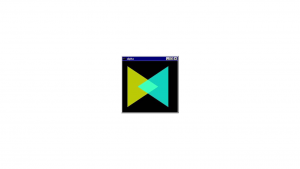Casey Reas: Hi, everybody. I’m Casey. I want to keep my comments fairly brief. The idea is to go back a little bit in time. I’m going to share some of the original ideas when we first were starting Processing.
We go back to 2001. What were the initial goals at that time? Why did we start making Processing. We had two goals that were working simultaneously. One was to bring these really powerful ideas from computer science into the digital arts, and also conversely to bring ideas from the visual arts into the technology community. I think the largest goal there, one that’s very aligned with what we’re talking about today, that’s one of access and making it possible for more people and people who think differently to have access to these powerful ideas [in?] programming.
One of the fundamental differences we were thinking about at the time is between learning how to use software and how that’s different from learning how to create software. When you learn how to use software, you’re using software as a tool. When you’re creating software, you have a very powerful way of thinking at your disposal that allows you to build web sites, to make video games, and that’s thinking about software more as a medium.
The way that you think about software affects the kinds of things that you can do. Traditionally you would learn computer programming through operating on math, or operating on language, and in order to bring these ideas into the visual arts we decided to build a custom language that allowed people to have visual expressions.
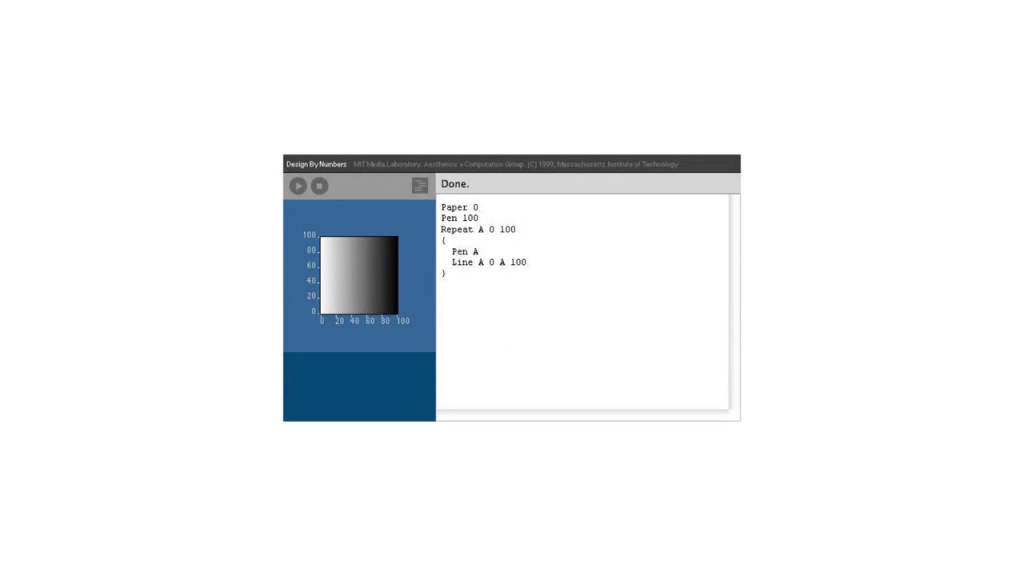
We were [initially?] influenced by a language called Design By Numbers, which was started by John Maeda. There was a lot of work that was happening prior at MIT in the Visual Language Workshop, and in the Aesthetics & Computation group. The time in 2000 is very different from now, and Design By Numbers was a project that allowed people to begin writing their programs very early on, within the context of an [inaudible].
At the time you could write C++ programs, and for example this is a program that’s extremely and far too complicated for producing this result, drawing two triangles. That was one thing we were working against, having code like that which was really difficult to parse and understand, to produce a really simple visual result:
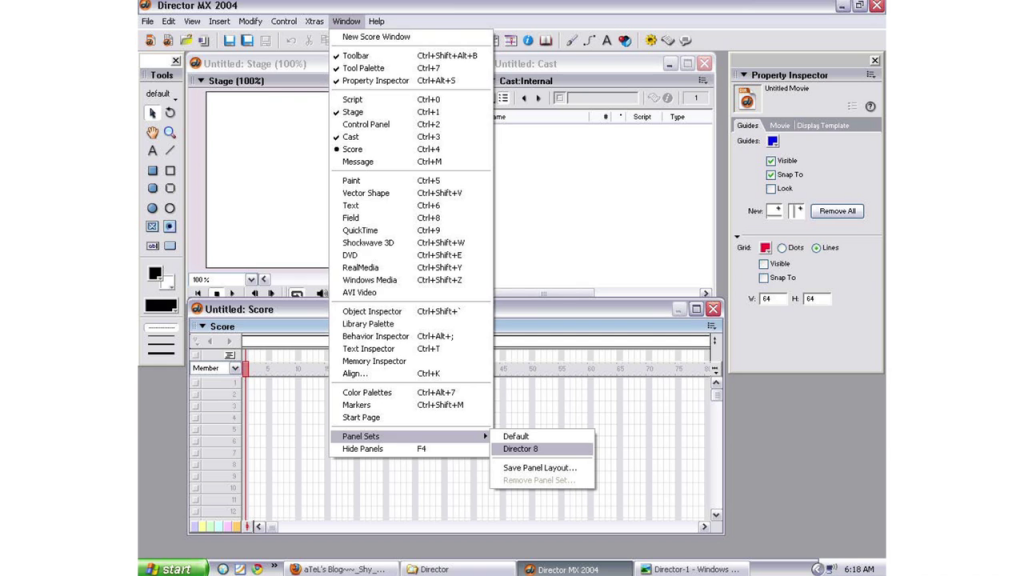
The other thing that we were working against were tools that were made for designers and artists. We felt that tools like this from around that same time made it easy for people to get into programming, but as your ideas grew and as you became more of an expert, these kinds of environments were limited and didn’t really allow the work to grow with your ideas.
So we started Processing as a way of bringing ideas in the visual arts into the programming culture. The idea was to build a new culture within the visual arts around what software could do.
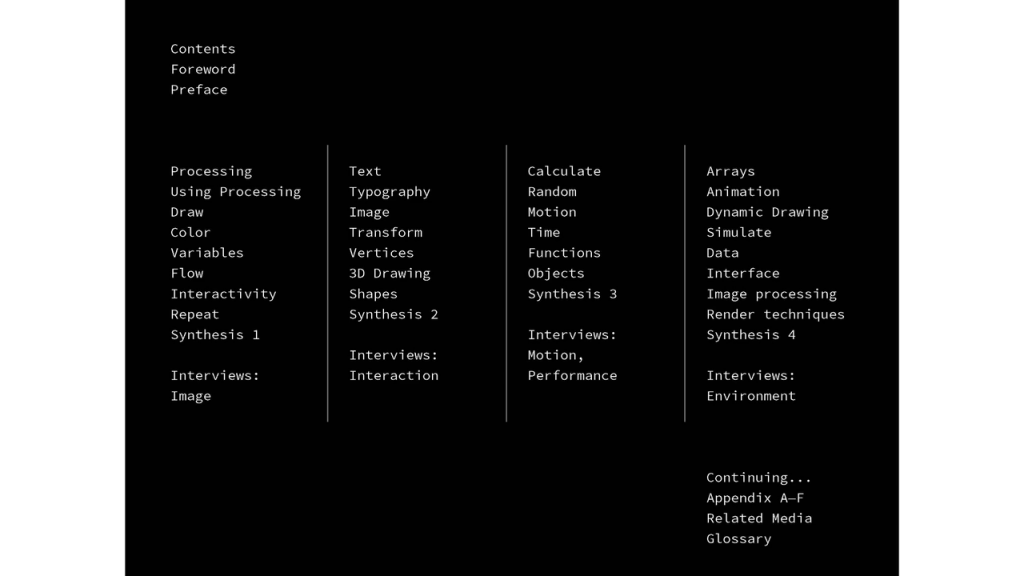
And this is the status of where it is right now. We do things like talk about color, we talk about typography, we talk about shapes. But at the same time we introduce these core ideas of software: variables, flow, repetition.
At Processing’s tenth anniversary, we made a list of what we felt were the most important aspects of the project, in a way the things that we’ve done well.
So, programming within the visual arts context.
We made it explicitly for education and learning.
We felt it needed to be a bridge to other languages. So for example, as a first language, you could build on top of it and use other kinds of programming languages.
To have an infrastructure for education, the kinds of tutorials and examples that were needed.
And that we developed it through the community and through teaching. It was built through a dialogue with people who were using it.
That it was simple to share. Exporting so people see the work, and you could share the work with your community and with your friends.
And that we had an infrastructure that allowed people to discuss, work together, to ask questions to each other, and really tried to build the kind community where people felt welcome.
Then that it’s extensible; you can extend it and build on top of it.
That you can use it for bringing different media in and taking different media out.
And that it was minimal, meaning that people could be very comfortable with it from the beginning, but it would scale with your ideas.
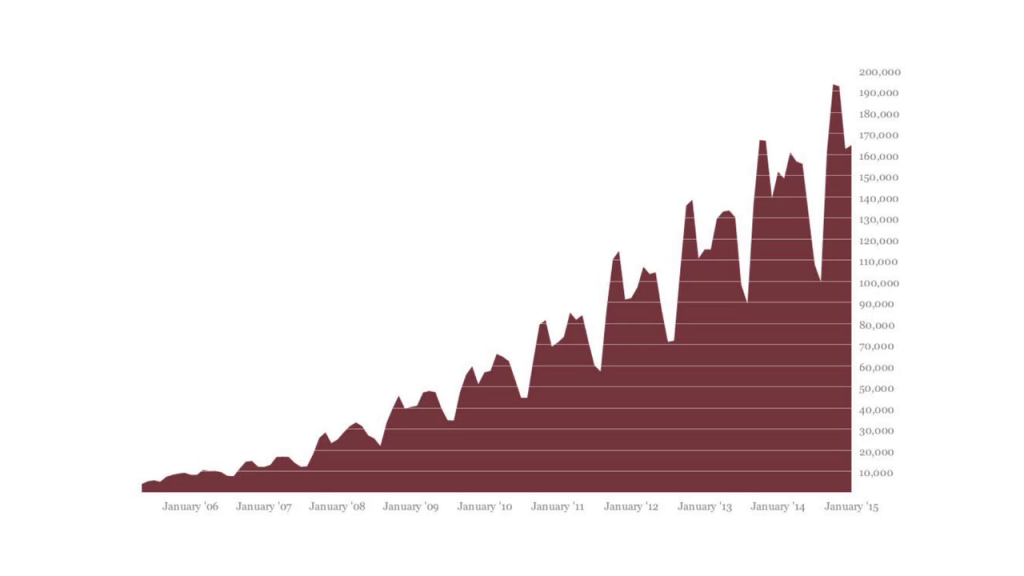
That was about five years ago, and here’s a chart showing how Processing’s grown. The number of people using Processing on a monthly basis, from January 2006 to January 2015. The dips in there are when the school year begins and ends. You can see that it’s heavily tied to the academic calendar.
If we take this list of ten things, which I think is clear, but it’s also a little bit too involved, I think now in 2015 we can really greatly simplify this into these three points:
- Diversity. I’m really greatful to Lauren and Johanna for taking the leadership in this area. Having a direct conversation about diversity, class, and gender within the Processing project. It’s new; this is the beginning of that, and we really look forward to learning through this discussion and bringing that foward.
- The idea of access has always been a part of Processing from the very beginning, but we’re interested in bringing that forward in more depth.
- And then the conversation around free software, meaning free as in freedom, libre, and libero software. It’s been a part of Processing but it’s never been an explicit part of the message. I think talking about how Processing and projects like this and communities like this are very different from the Adobes and Autodesks and Microsofts of the world. It’s another part of our education [initiative] we’re going to embark on.
With that little bit of background [inaudible] Johanna to talk about the present and future goals of the project.
Further Reference
Overview page at the Studio for Creative Inquiry’s web site.
